Characteristic of Living Beings at Molecular Level:
According to Linus Pauling, Life results due to a relationship of molecules and is not a property of one molecule. The chemical elements are found in cells as compounds and ions and these can be organic or inorganic. The inorganic compounds in cells and organisms are common substances that are also found in the non-living environment and include water, sodium chloride, other salts, bases, acids and gases. The organic compounds are compounds of Carbon and most common organic compounds found in the cells are Carbohydrates, lipids, proteins and nucleic acids. At the molecular level, organisms have the following characteristics-
(1) A living organism is primarily made up of Carbon, hydrogen and oxygen. This makes their molecular organization Organic in nature. Glucose which is a simple organic molecule is found only in living beings.
(2) Both micro-molecules and macro-molecules are important for the maintenance of life. Micro-molecules such as water, common salt and glucose is commonly found in living beings. Macro-molecules such as Carbohydrates, Lipids or fats and proteins exist only in the living beings in nature.
(3) The macro-molecules occur in living systems in varying degrees and various structural modifications. The molecular weight of macromolecules varies from several hundred to several hundred million. However, these macromolecules are formed by the polymerization of a number of small molecules. For example- Protein is formed from amino acids, DNA is a macro-molecules of nucleotides; cellulose and starch are the polymers of glucose. Out of various macromolecules present in the cell, proteins are the most important as they form the structural components of several enzymes and hormones.
(4) A high variety of molecules available in a cell provides a greater opportunity for a wide range of chemical reactions. All the biochemical reactions occurring inside the living body are metabolic reactions which can be of two categories-
Anabolic Reactions- are building up reactions in which smaller molecules unite to form bigger molecules. During these reactions, the organism gains potential energy and stores it for future use. For example-
6CO2 (Carbon dioxide) + 6H2O (Water) ——> C6H12O6 (Glucose) + 6O2 (Oxygen)
Catabolic Reactions– are breakdown reactions in which large molecules split into smaller molecules. In these reactions, potential energy of organic substances is converted into kinetic energy.
C6H12O6 (Glucose) + 6O2 (Oxygen) ——-> 6CO2 (Carbon dioxide) + 6H2O (Water) + Energy
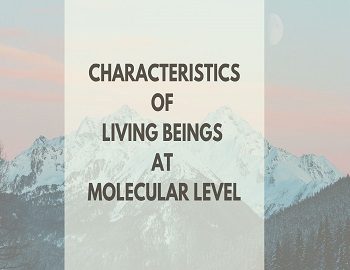
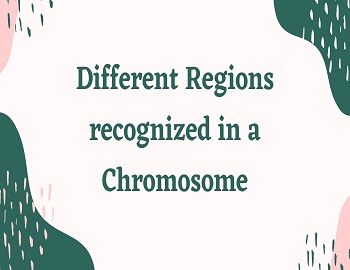
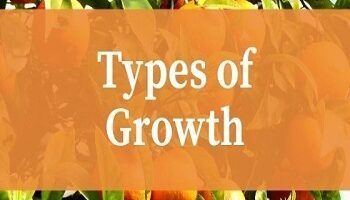
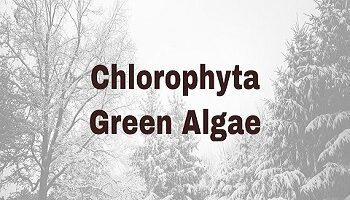



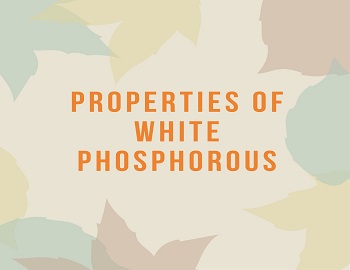

Comments (No)